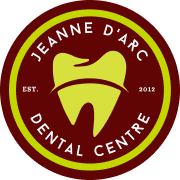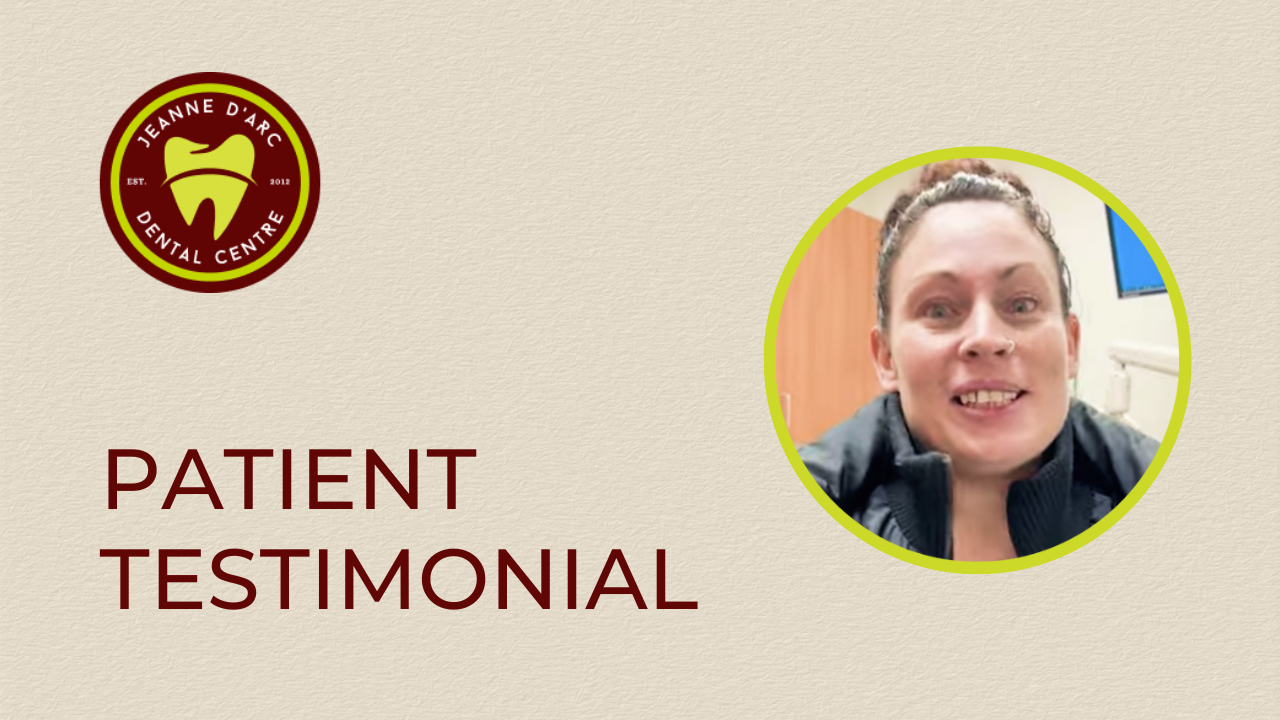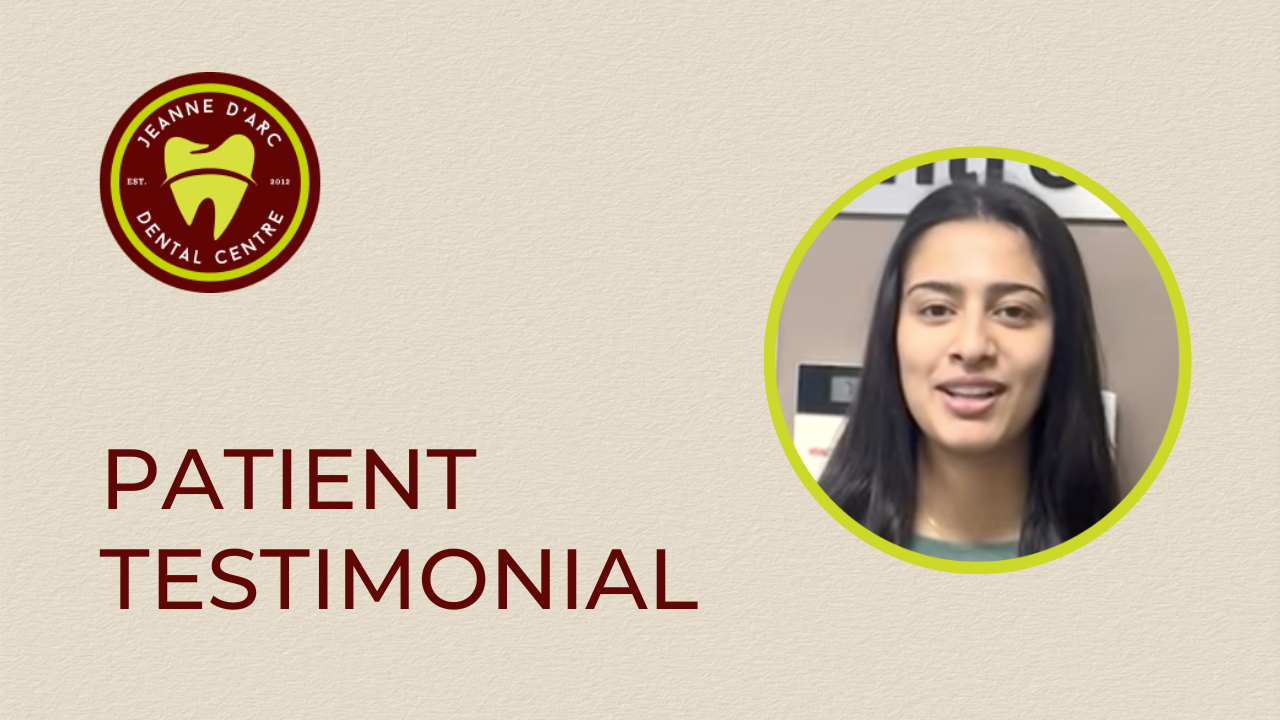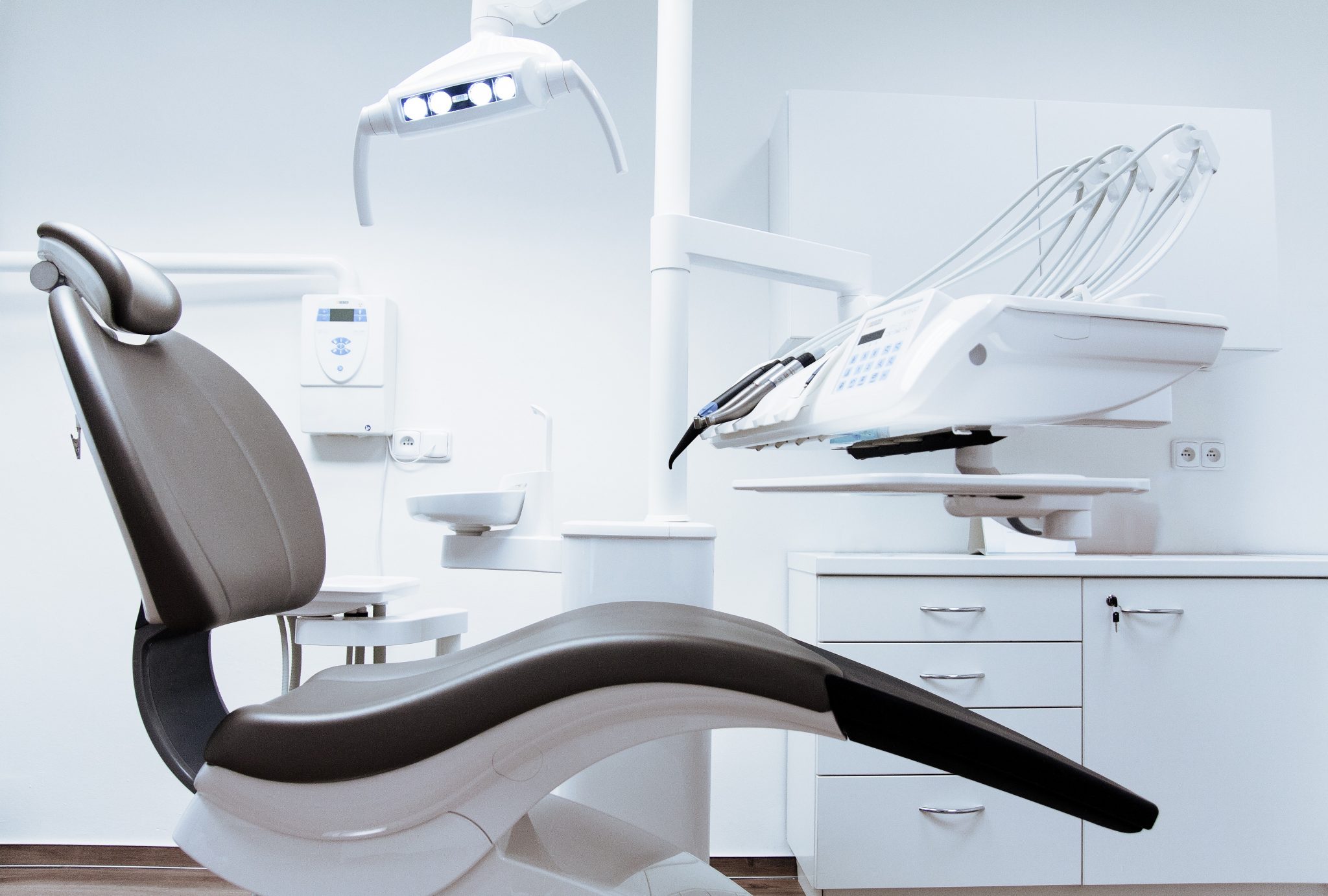
Teeth-straightening solutions from the teenage years and beyond
There are a number of orthodontic treatments available for every kind of smile and for everyone in the family from adolescents to adults. As much as we love bringing out the best in your smile, orthodontic treatment is also great for improving your oral health. Misaligned teeth and a crooked bite can be difficult to clean properly, feel uncomfortable and even painful. With orthodontic treatment, we can resolve these issues in as little as 6 months.
- Overbite – when your upper teeth sit too far forward.
- Spacing – gaps or spaces between the teeth.
- Underbite – when your lower teeth sit too far forward.
- Crowding – when teeth are overlapping or impossible to floss.
- Crossbite – a bite that doesn’t mesh comfortably.
- Pain - Chronic headaches, jaw pain, or upper back and neck pain.
How do I know if I need orthodontics?
You might benefit from orthodontic treatment if you have experienced any of the following problems:
Orthodontic Treatment Options
There are many different treatment options available depending on your personal needs and your budget. Here are a few of the options that may be available:Traditional Braces
When you hear the word braces, you most likely think of those bulky metal brackets with wires. Modern dental brackets are now smaller, less noticeable, and just as effective as the older bulkier ones. They’re easier to keep clean and much more comfortable.
Clear Brackets
If you’re looking for conventional brackets, we also offer clear brackets that tend to be more popular among our adult patients. These brackets are designed to combine conventional orthodontics with discretion. At a quick glance, no one will even realize you are wearing braces.
Clear Aligners
Clear aligners, such as Invisalign, have rapidly gained in popularity. A series of custom-made transparent trays gradually shift your teeth into their ideal position. They fit snuggly and precisely and can occasionally be removed to eat, to brush and floss like normal, and for the occasional special occasion like that big meeting or that special date.
The cost of orthodontic treatment in Orleans
With a typical insurance plan, Orthodontic treatment usually averages between $3000 and $5000+ out-of-pocket. After an oral exam, we would be happy to provide you with an accurate quote so you can find out how much your insurance plan will cover and what your actual out-of-pocket expenses would be. Without insurance, orthodontic treatment typically costs about $4000 to $6000+.
How do we actually determine the cost of your orthodontic treatment and why does it seem so expensive?
- The current condition of your oral health including teeth and gums.
- How much your teeth need to move.
- The kind of orthodontic treatment you choose.
- The length of your treatment.
When considering the cost of orthodontics, there are a few things to consider:
Because every smile is so different, the only way to find out which treatment is the best solution for you and how much it will cost you out of pocket is to come in for a consultation. Tell us your personal goals for your smile, let us examine your teeth and we will tailor a personalized treatment plan that will accomplish your wants and needs.
Contact us today
to schedule an initial consultation & exam.
Your consultation will include an examination of everything from your teeth, gums and soft tissues to the shape and condition of your bite. Generally, we want to see how your whole mouth looks and functions. Before we plan your treatment we want to know everything about the health and aesthetic of your smile, and, most importantly, what you want to achieve so we can help you get there.









